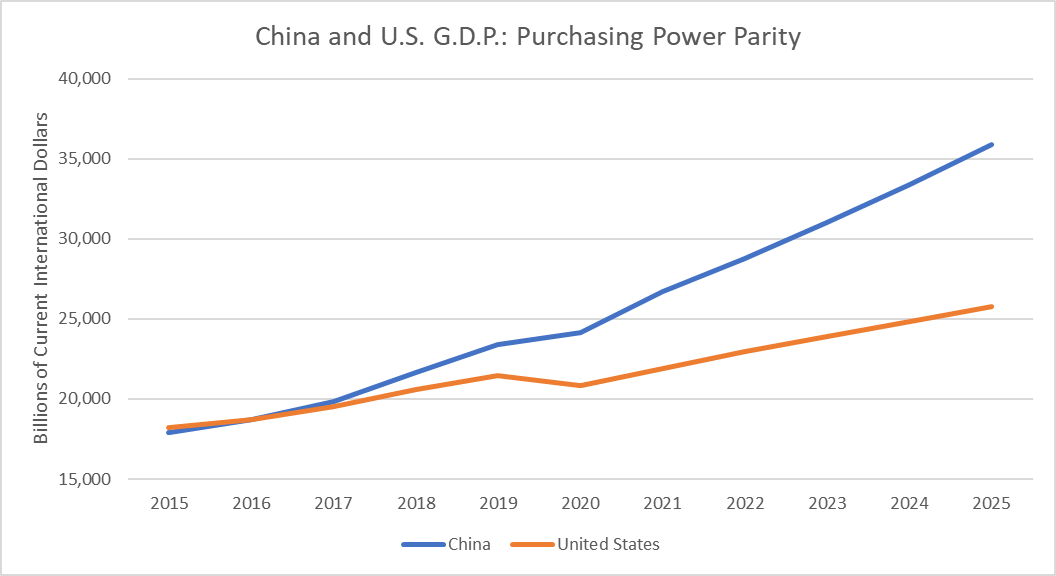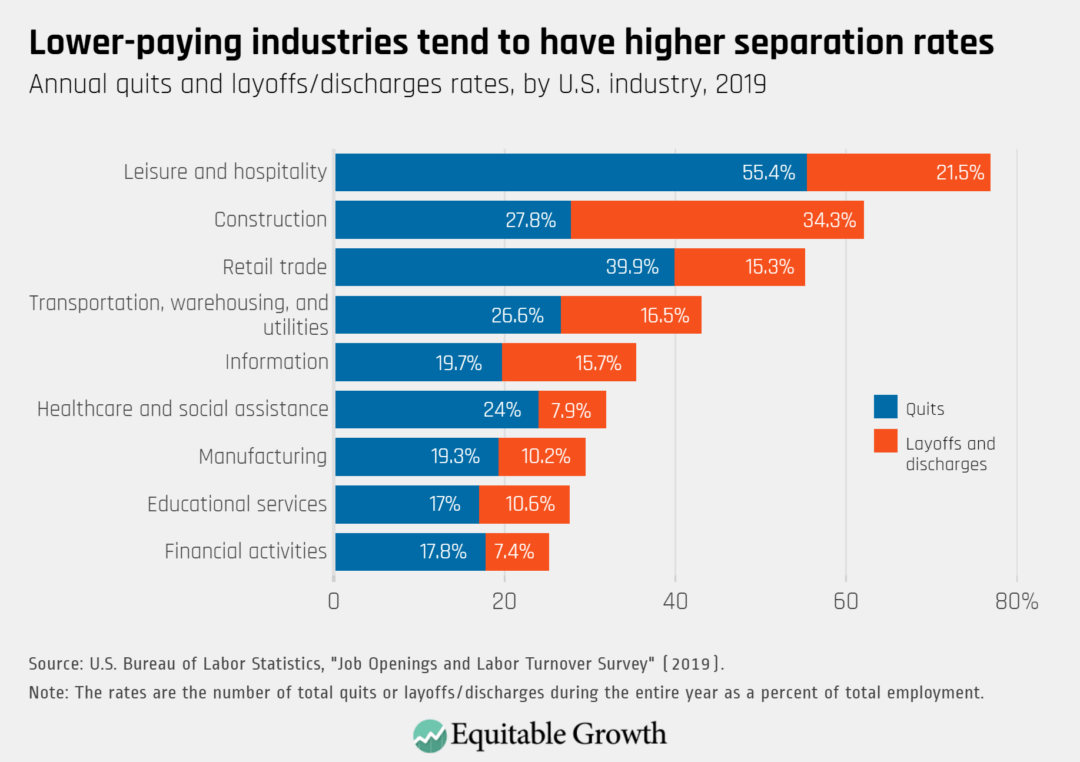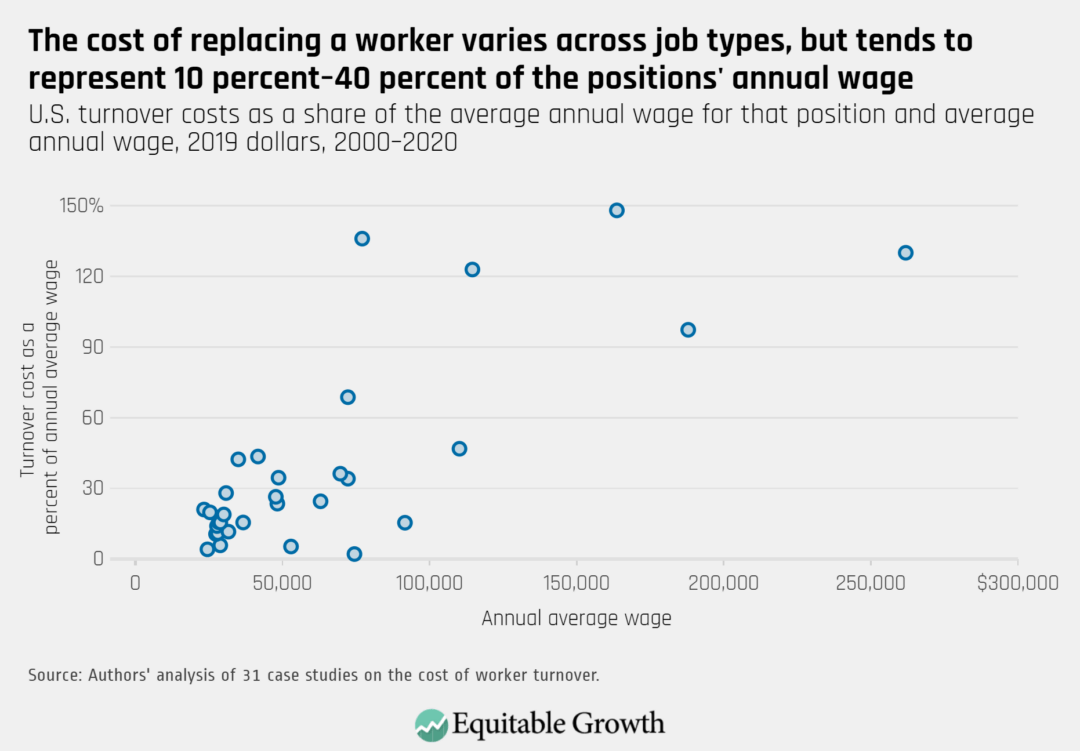http://feedproxy.google.com/~r/MainlyMacro/~3/IaSQAt_oSt8/it-is-inevitable-that-labour-in.html
It is inevitable that Labour in opposition will not be a champion of social liberalism
Trump has been defeated, but only just. Trump, that most ludicrous and destructive of US presidents, still won 46.8% of the vote. More importantly, the number of votes between Biden and Trump in the Electoral College was very small. Voters still turned out for a Repubican party that backed Trump all the way. Perhaps worst of all, the aftermath of the election showed that the Republican party backed Trump's attempts to overturn democracy. What Republicans do on a smaller scale with gerrymandering they are happy to do at a national level. The future of the US is still very uncertain when one of the two main parties does not respect democracy.
The Conservative party in the UK is only beginning down that particular route, with its plans for voter ID. Yet do they need to rig elections, having ruled for more than twice as many years as Labour since 1979? (To put it very simply, while in the UK the opposition to the right had just one election winner in Blair, in the US they had Clinton and Obama and now Biden.) More particularly, UK Conservatives by following the US strategy of right wing populism based on social conservatism seem to have a winning formula under the FPTP system.
Labour has two structural disadvantages in General Elections. First, it is one of three socially liberal UK wide parties and two socially liberal parties in Wales and Scotland. Second, social conservatives benefit significantly from the FPTP system, because social liberals are concentrated in the cities. The 2019 election was a clear demonstration of that structural disadvantage: when an election is fought on social issues Labour loses badly.
Many on the left dismiss this social conservatism, reflected particularly in dislike of immigration, as reflecting racism or xenophobia. However social conservatism is more general than that. It is in large part a reaction to the tremendous success social liberalism has enjoyed since the 1960s. I discussed this at length in this post from a year ago, and a recent tweet from @cakeylaura gives a personal illustration of what I mean. But my post had a title that was weakly justified by its contents. Is it really true that in all cases Labour should argue for social liberalism?
Socially conservative views reflect the left behind in the sense that they are out of tune with both the law and the broadcast media. Conservative MPs are far more socially liberal than their supporters, which is why we have socially liberal laws. The media is populated by younger university educated people who reflect today's social liberal attitudes. This combination, over the last 60 years or so, has meant that social conservatives have been overwhelmed. As that earlier post pointed out aggregate attitudes have become more liberal. (Demographics help as well, of course.)
If that was the end of the story, then the resistance to socially liberal views expressed at the ballot box would be weak. However most of our newspapers reflect a different world, geared to the more socially conservative views of most of their readership. This socially conservative media both reinforces and organises social conservatives. Brexit is the exemplar of this, and is why views on Brexit were impervious to economic realities.
The left talked a lot about the left behind after the Brexit vote, but typically they meant the economically left behind. While undoubtedly there was an element of that, research suggests the left behind were more those who hadn't kept pace with society's social liberalism. Outside the cities, the south voted for Brexit as much as the North.
The key role played by the Brexit press in reinforcing and organising social conservatism makes it very hard for Labour to change minds. Perhaps for this reason the strategy that Labour has followed since Blair has involved appeasement rather than persuasion. The way to win elections, so this argument goes, is to make any election about economic (or more recently competence) issues, rather than social issues. The best thing Labour can therefore do is dodge alienating the Red Wall voter, and that seems to be Starmer's strategy. On its own that is not enough, as Miliband's defeat showed, so you need something positive to put to the electorate. Corbyn did that in 2017, but still lost. Can Starmer do better?
The alternative suggested by the title of my earlier post is for Labour to argue for social liberalism. The point I made in that post is that attitudes have changed over time, so it is possible to persuade on social liberal issues, particularly where they intersect with economics. More favourable public attitudes to immigration in the last few years is a clear example. Obviously social liberals would like to believe the main social liberal party can stand up for their beliefs, but how much of that is wishful thinking?
Again the role of the right wing press is crucial. The recent trend to more positive views on immigration will reflect in part the absence since 2016 of negative stories about immigrants in the press. The power of the right wing press to mobilise on particular issues when their government is in power should never be underestimated. Compared to articles in newspapers that are read every day, how can Labour politicians persuade on social issues when they get at best a soundbite on the main news?
I think it is important to distinguish between Labour in government and Labour in opposition. Governments get considerable exposure in the broadcast media, and so it is possible to believe that they can provide a counter-argument to the right wing press on social issues. In opposition it is much harder. While Labour should argue for social liberalism while in government, to do so in opposition would seem to be a recipe for worthy failure.
There is a third argument, in between persuasion and appeasement, which has been recently put by Timothy Garton Ash in a recent Prospect article. He writes
"What follows from this analysis is that, where possible, we need to slow down the rate of change to one that most human natures can bear, while preserving the overall liberal direction of travel…..This means, for example, limiting immigration, securing frontiers, and strengthening a sense of community, trust and reciprocity inside them."
I have strong doubts about this. It might make sense with immigration, but is it tolerable when it comes to enforcing rights and tackling discrimination? Even with immigration, I continue to argue it was newspaper coverage of immigration rather than its scale that raised concerns about immigration.
So it seems inevitable that without a progressive alliance and with a FPTP system biased towards social conservatism, it is bound to be the case that Labour will be forced to appease the Red Wall voter. That is why the leadership will vote for the Brexit deal, and why it will dodge all the socially conservative traps that the Conservative government puts in its path. When the marginal voter is socially conservative, that is what you have to do.
While this strategy avoids an almost certain loss at the next election, it is fraught with danger. If Labour seems to be adopting Blue Labour ideas, that risks alienating its own supporters sufficiently for them to abstain or vote for other social liberal parties. Even if the leadership manages this difficult balancing act, the right wing press can still suggest that at its heart Labour is now the party of social liberals, which of course is true. Labour's positive message on competence or the economy may fail to attract voters sufficiently to counteract voters socially conservative inclinations.
Just because the path is fraught with danger does not mean a better one exists. It may be the case that, with FPTP biased towards social conservative voters and competition for the social liberal vote, it is just highly unlikely that over the next decade or more that the Conservatives can be defeated. In the long run demographics are on Labour's side, but that is not going to ride to the rescue anytime soon.
-- via my feedly newsfeed





